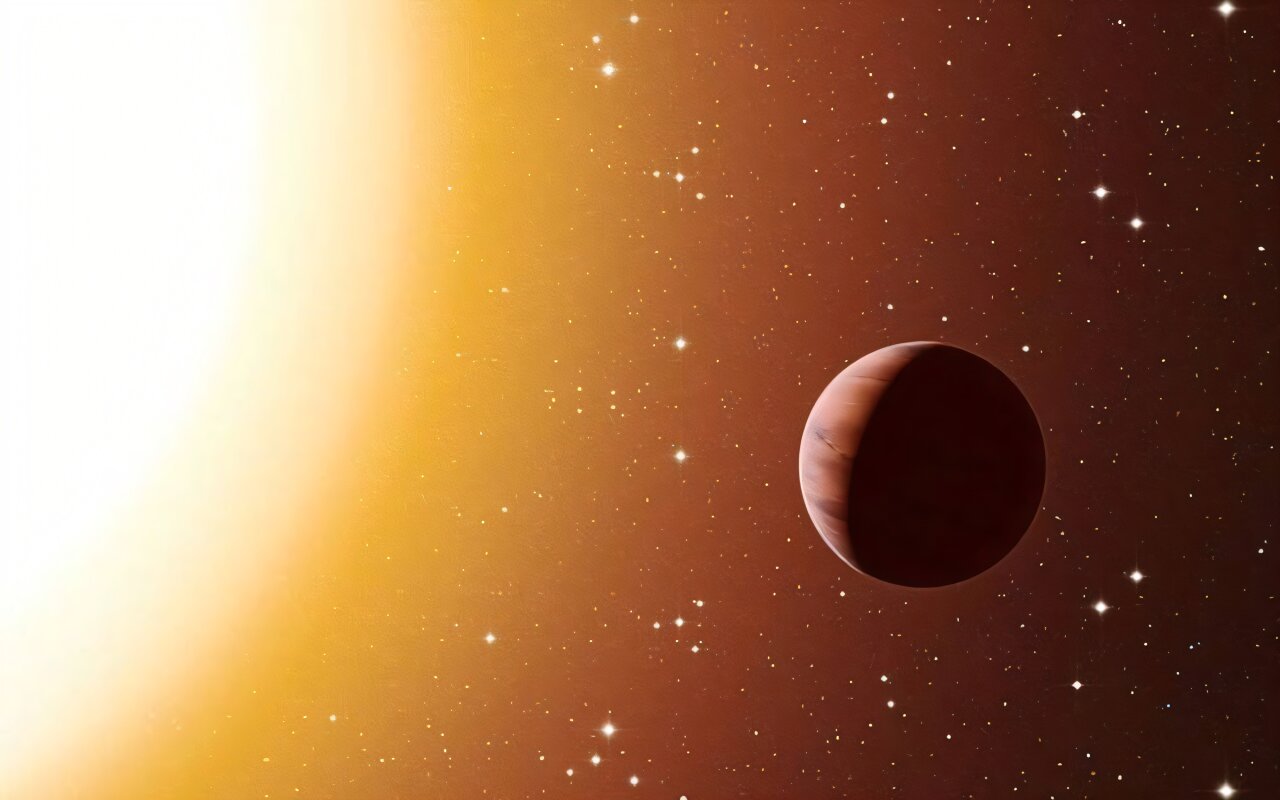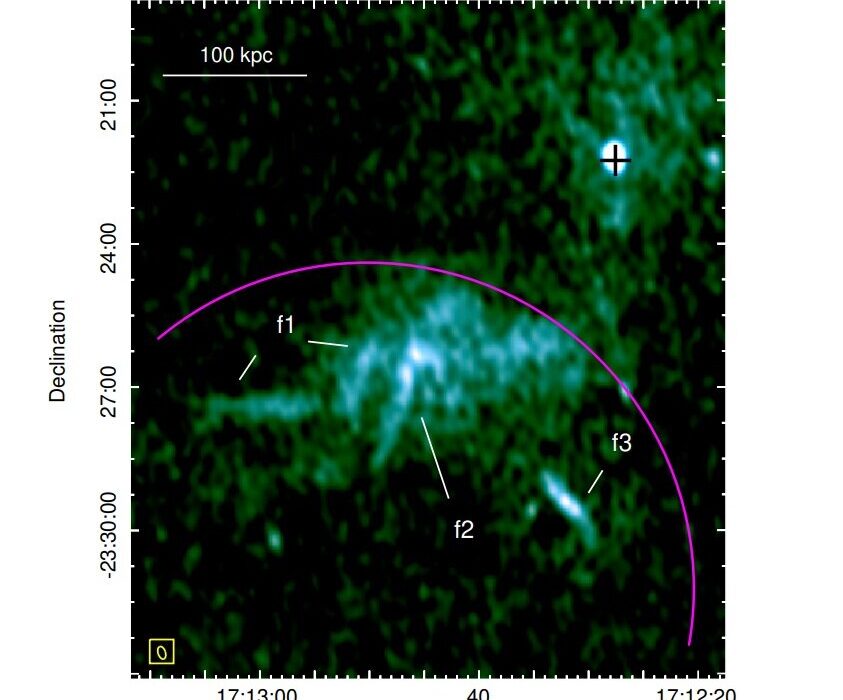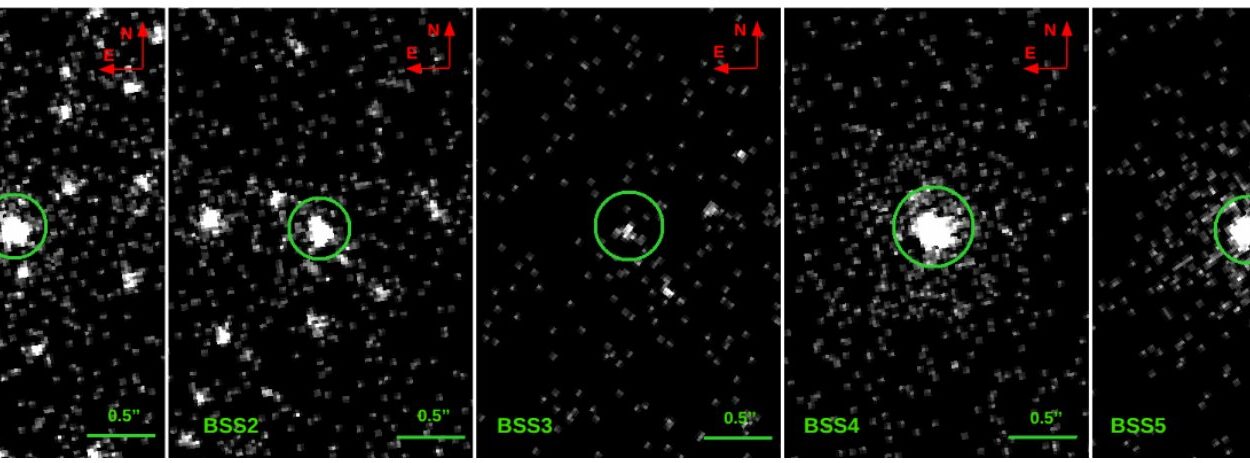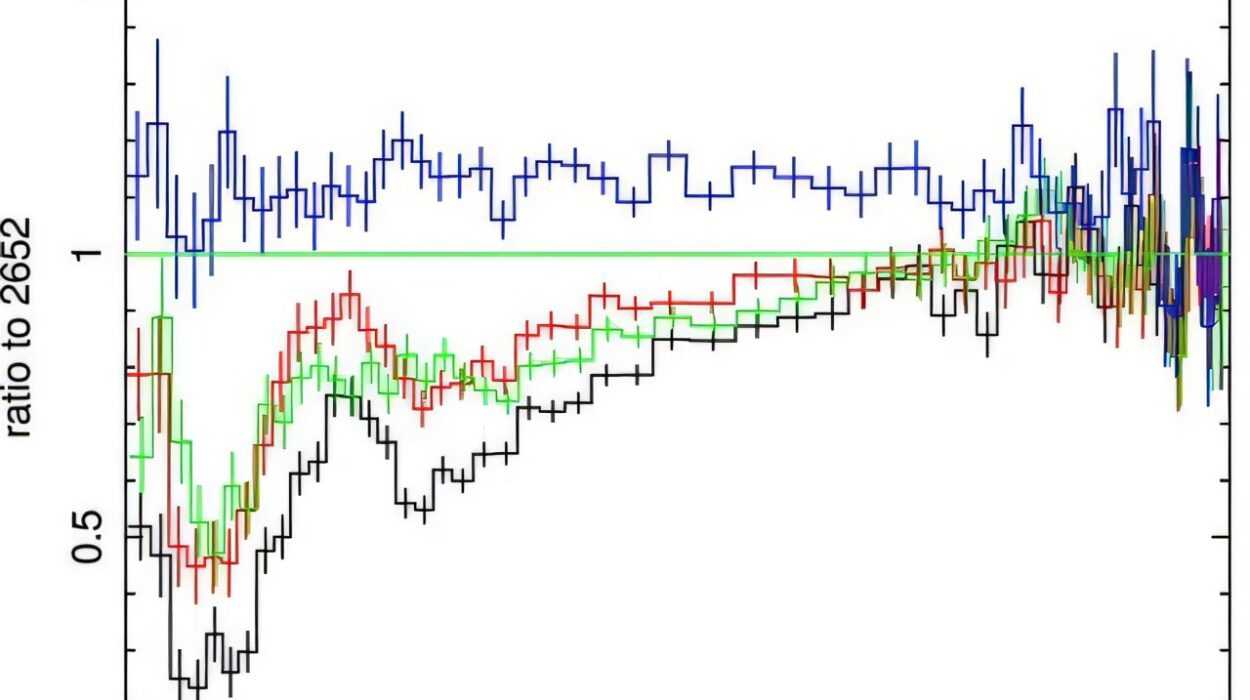In the quiet reaches of the sky, in a constellation quaintly known as Canes Venatici—the Hunting Dogs—two celestial bodies move in a rhythmic cosmic dance. One is a modest star named HAT-P-12, also called Komondor after the shaggy Hungarian sheepdog. The other is a sub-Saturn-sized exoplanet named HAT-P-12b, nicknamed Puli, after another dog breed known for its tight curls and lively energy. At first glance, Komondor and Puli seem like a typical star-planet pair, one among thousands cataloged in our ever-growing exoplanetary archive. But beneath their routine facade lies a deep and tantalizing mystery, one that beckons astronomers into a riddle that might reveal the gravitational tug of an unseen world.
This is not a story about a breakthrough telescope or a shimmering new discovery of an Earth twin. It’s about something more subtle, more elusive—anomalies in time. It’s about a planetary whisper in the timing of shadows.
And it all begins with a wobble in the rhythm.
Timing is Everything: The Tale of the Two-Minute Mystery
Transit timing variations, or TTVs, are one of the more poetic methods in modern exoplanetary science. When a planet passes in front of its host star from our vantage point, it causes a slight dimming of the star’s light. This dimming—this blink—is recorded in what’s known as a light curve. Ideally, if a planet’s orbit is perfectly stable, its transits should occur with clockwork precision.
But for Puli, something was off.
In a paper recently published in New Astronomy, Kaviya Parthasarathy and her colleagues at National Tsing Hua University in Taiwan dove deep into the enigmatic fluctuations in Puli’s transit times. What they discovered was more than mere observational noise. Puli wasn’t keeping its schedule. Sometimes, it transited Komondor over two minutes early; other times, it lagged behind. These weren’t random jitters. They were deviations with structure, consistency—and perhaps a hidden cause.
Measured at an amplitude of 156 seconds, the TTVs were too significant to ignore. In the context of orbital mechanics—where precision is sacred—a two-minute shift is not just a hiccup. It’s a symptom.
So what was nudging Puli off-course?
Puli: A Planet of Modest Fame
At approximately 463 light years from Earth, Puli isn’t a headline-grabbing world. Classified as a “sub-Saturn,” it’s smaller than Saturn but still far bulkier than Earth. It orbits close to Komondor, completing a circuit every 3.2 Earth days—meaning a year on Puli is shorter than a long weekend.
The system has been studied extensively, not because of any peculiar brilliance, but because it’s easily observable. Data from the ground and from space-based observatories like the Transiting Exoplanet Survey Satellite (TESS) have been collected over many years. That makes Komondor and Puli ideal for a long-term statistical deep dive—one that might expose gravitational influences invisible to telescopes.
The researchers compiled 46 different light curves of Puli’s transits, some published, others analyzed for the first time. This trove of data formed the backbone of their investigation. Each blink of Komondor’s light carried within it a clue about Puli’s path, and perhaps, about something else.
Wrestling with the Data: Four Models, One Winner
To decipher what was happening with Puli’s erratic timing, the team tested four different models of orbital behavior. Each model tried to explain the observed timing variations using a different physical framework. This wasn’t merely curve-fitting—it was astrophysical forensics.
1. The Linear Model: The Ideal World
The first and simplest approach was a linear ephemeris model—a baseline scenario in which Puli’s orbit is perfectly periodic. This model assumes the planet moves like a metronome, unchanging, predictable. But the data quickly dismantled this ideal. The observed transit times refused to conform. The deviations were not one-off anomalies—they repeated, drifted, and wobbled. The linear model fell flat.
2. The Orbital Decay Model: A Slow Spiral to Doom?
Could Puli be spiraling slowly inward toward its star, its orbit decaying due to tidal interactions? That’s what the orbital decay model proposes. Over time, the gravitational pull between a planet and its host star can cause the orbit to shrink, changing the transit times consistently in one direction—either earlier or later.
But again, the data pushed back. The variations in timing were not unidirectional. They fluctuated in both directions. Puli was not simply drifting toward a fiery demise. It was weaving, dancing, oscillating.
3. The Apsidal Precession Model: An Ellipse in Motion
Planets rarely trace perfect circles. Their orbits are often ellipses, and the orientation of that ellipse can change over time due to gravitational influences. This effect, known as apsidal precession, can cause changes in the timing and duration of a planet’s transit. The model accounts for a subtly shifting orbit, akin to a hula hoop slowly rotating around its center.
This model fit the data better than the previous two. But still, something didn’t add up. The fluctuations weren’t just due to a turning ellipse—they were rhythmic, like a pulse. And that suggested something external was tugging on Puli.
4. The Sinusoidal Model: The Ghost of Another Planet
The final model was the most compelling. It invoked the gravitational tug of a second, unseen planet. If another planet were orbiting Komondor—close enough to Puli to exert a regular, repeating pull—it would show up in the data as a sinusoidal variation in Puli’s transit times.
That’s exactly what the researchers found.
The best-fit model described TTVs that matched what you’d expect if another planet, perhaps about 2% the mass of Jupiter, orbited the star with a period of approximately 6.24 days. This gravitational dance partner didn’t show up in the light curve directly, but its influence echoed in Puli’s timing like the footfalls of a phantom.
The estimated TTV amplitude from the sinusoidal model was 2.6 minutes—almost exactly the observed 156 seconds. Coincidence? Not likely.
Ruling Out Red Herrings: The Applegate Mechanism
To be thorough, the researchers investigated other potential sources of timing variation. Chief among them was the Applegate mechanism—an intriguing but complex process in which a star’s internal magnetic activity causes it to change shape ever so slightly, affecting the orbital dynamics of nearby planets.
If Komondor was undergoing cyclical changes in its oblateness (its “bulginess”), those could theoretically mess with the transit timing. But when the team crunched the numbers, the predicted amplitude of the Applegate effect was only about 0.4 seconds. That’s not even in the same galaxy as the observed 156-second variation.
So, with other possibilities effectively ruled out, the sinusoidal model—and the ghost planet it implies—remains the most plausible explanation.
What This Means: Reading the Universe in Timing
The idea of using timing to discover planets might seem counterintuitive. We are used to thinking visually—spotting dips in light, direct imaging, or colorful spectroscopic fingerprints. But TTVs are a subtler tool. They’re like listening for footsteps in the dark, deciphering the pattern of a dancer by the sound of their partner’s shoes.
Puli’s case underscores the power of TTVs. These small variations, when paired with rich data and clever modeling, can reveal entire worlds. The potential companion planet in the Komondor system has not yet been confirmed by other methods—but its gravitational fingerprint is persuasive.
This kind of analysis will only become more common. As missions like TESS and the upcoming PLATO observatory gather precise timing data across tens of thousands of stars, researchers will be able to apply similar techniques to detect planets that might otherwise remain invisible. Worlds without their own shadow, revealed only by their gravitational influence.
A Universe of Hidden Worlds
What makes the Komondor-Puli system so compelling is not its exotic makeup, but its accessibility. It’s not the brightest, biggest, or most habitable exoplanet system. But it has data—and in the world of exoplanet science, data is gold.
There are countless star systems like Komondor, each with their own Pulis. Some might have tightly packed families of planets, gravitationally dancing around one another. Some might be lonely sentinels, their companions long swallowed by their stars or ejected into interstellar space. And some might host Earth-sized worlds in the habitable zone, their presence betrayed only by the nudges they give to bigger neighbors.
Every timing variation is a clue. Every deviation is a potential discovery.
Epilogue: Beyond the Shadows
It’s fitting, in a way, that this mystery unfolded in a constellation named after hunting dogs. The search for exoplanets is, at its core, a celestial hunt. But the prey isn’t always visible. Sometimes, it leaves only faint traces—shadows that arrive a little too soon or linger a little too long.
Thanks to researchers like Parthasarathy and her team, we are learning to read those shadows. To see in the unseen. To hear the rhythm beneath the silence.
And so, Puli keeps circling Komondor, its orbit shaped not just by its star, but perhaps by a silent companion, hidden from view but not from gravity. One more ghost in the great galactic waltz, waiting to be named.
Reference: Kaviya Parthasarathy et al, Transit timing variations of the sub-Saturn exoplanet HAT-P-12b, New Astronomy (2025). DOI: 10.1016/j.newast.2025.102390 On arXiv: DOI: 10.48550/arxiv.2503.10441






